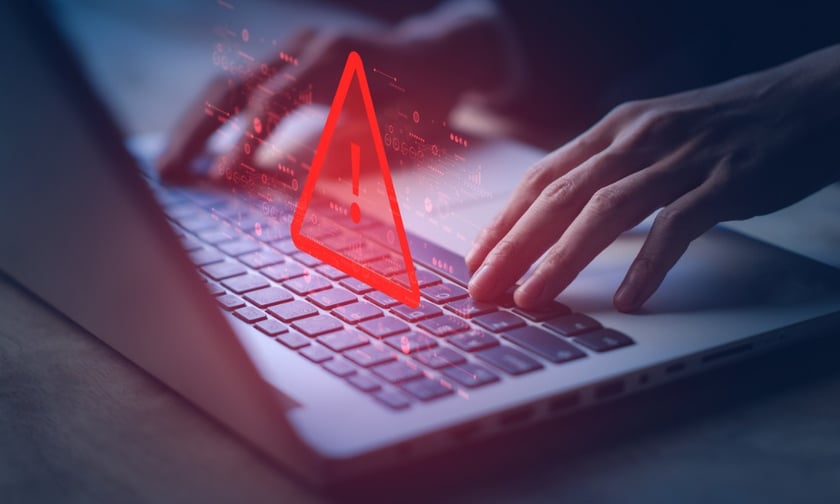

Threat actors have evolved their tactics in 2024 to exploit business and technology consolidation.
According to Resilience's mid-year 2024 cyber risk report, the surge in mergers and acquisitions (M&A) and the increasing reliance on major software vendors has provided new opportunities for threat actors.
The report released by Resilience is based on data from its threat intelligence team and insurance claims portfolio to analyze trends in hacking activity and industry responses. Key findings include:
The report also noted that global M&A deal volume grew 36% in the first quarter of 2024. The interconnected nature of modern business systems and the acquisition of new companies have only amplified the impact of these cyberattacks.
Similarly, the consolidation of technology, where industries rely on single suppliers for critical services, can lead to catastrophic consequences if a breach occurs. Impacted organizations typically face business interruption and lost revenue in addition to potential ransom payments.
“Major attacks like the ones on Change Healthcare, CDK Global, and AT&T have been wreaking havoc and making headlines, but they also remind us that we’re facing a new status quo. Increased vendor interdependence and M&A activity have created an unprecedented opportunity for hackers, with far more points of failure and potential for human error,” said Vishaal “V8” Hariprasad, co-founder and CEO of Resilience.
Resilience's global head of claims, Tom Egglestone, stressed that cybersecurity can no longer be treated as a mere budget item. Instead, he highlighted a risk-centric approach, especially one where security strategies are aligned with the financial implications of cyber threats.
Do you have something to say about Resilience’s findings and the link between M&A and cybersecurity vulnerabilities? Please share your comments below.
